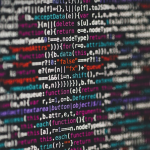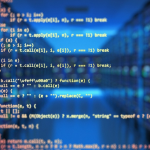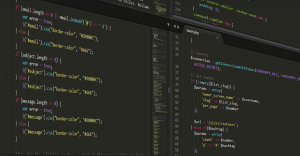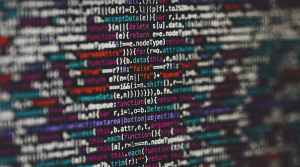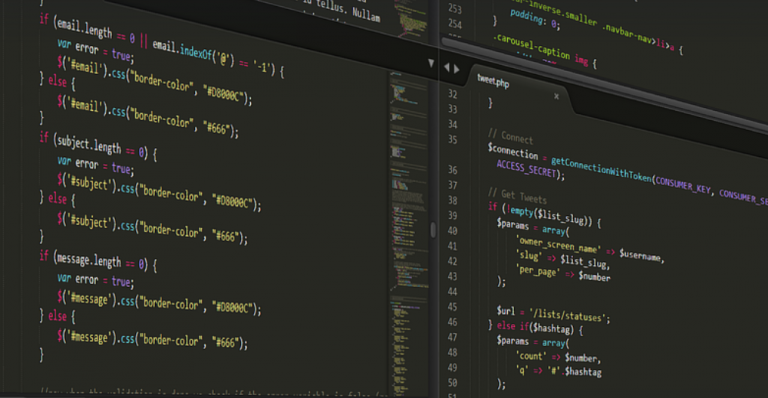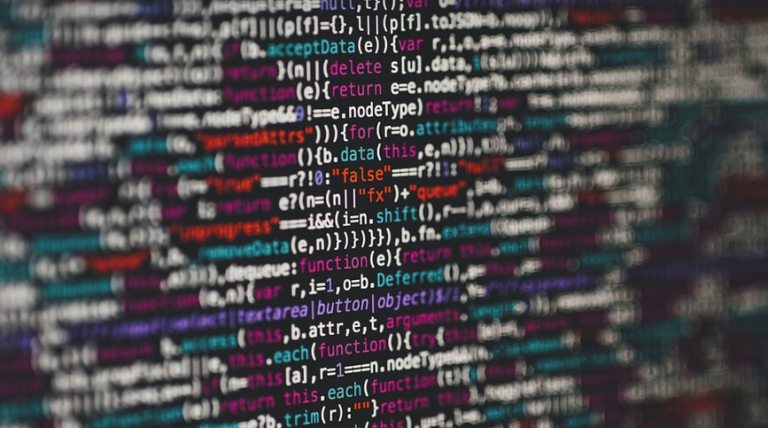Get Ready to Talk Tech Like a Pro
We’re diving deep into the exciting world of electronics engineering, where innovation is the name of the game, and understanding the lingo is key. Think of it like this: you wouldn’t try to order a pizza without knowing what “pepperoni” means, right? Well, in electronics engineering, there are all these technical terms that can feel pretty cryptic at first – but trust us, once you start using them, they become your secret weapon. Let’s break down some of the most prevalent words and phrases used in this dynamic field: ** **Powering Up the World:** * **Current (I):** Think of the flow of electrical energy through a circuit like water flowing in a pipe. Current is measured in Amperes (A) and represents how much “water” is moving, basically. * **Voltage (V):** This refers to the pressure that pushes the current along. Imagine it like the force behind the water push on a pipe – higher voltage means more forceful pressure! It’s measured in Volts (V). Think of this as the “head pressure” driving the electricity. **Inside the Circuitry:** * **Resistor (R):** This passive component actually slows down the flow of current, like a traffic light controlling car speed – it’s essential for regulating how much power goes through! * **Capacitor (C):** Think of this as a temporary battery. It stores electrical energy and can release it later on demand, just like a rechargeable phone battery provides power when needed. * **Inductor (L):** This component creates an electric current that changes direction with time – basically, like the way a spinning fan interacts with air currents to create a breeze. **Building Your Circuits:** * **Transistors (T):** These tiny chips are essentially mini-circuit boards within circuits, acting as switches or amplifiers in electronic devices. Think of them as the brains operating behind various gadgets. * **Diode (D):** This is a one-way valve for current flow – it allows electricity to pass through but blocks it from going back! Imagine it like a guard at a gate who only lets certain people through. **The Signal Game:** * **Frequency (f):** How often something repeats in a cycle, measured in Hertz (Hz). Think of the sound waves from your favorite music – they have different frequencies that create different notes and rhythms. * **Amplitude (A):** This is how strong or loud the signal is – higher amplitude means louder sound! It’s like volume control on your music player. **From Design to Implementation:** * **Circuit design (CD):** Creating the blueprint for electronic devices, much like architects designing houses. * **Simulation (Sim):** Using computer programs to test and predict how an electronic device will work before building a real one – it’s like creating a prototype of your house in a digital space. **Beyond the Basics:** * **Embedded systems:** Think about devices like cars that have specialized software controlling engine functions, climate control, etc. * **Artificial intelligence (AI):** A rapidly growing field where computers can learn from data and make decisions, much like how we humans learn from experience. * **Internet of Things (IoT):** Connecting physical objects to the internet for automation and remote control – think smart homes, wearables, and even self-driving cars! This is just a tiny peek into the vast world of words used in electronics engineering. As you delve deeper into this field, you’ll discover an entire lexicon filled with technical terms and jargon. Don’t worry though – there are resources and communities out there to help you navigate this exciting and ever-evolving realm of technology! “`


